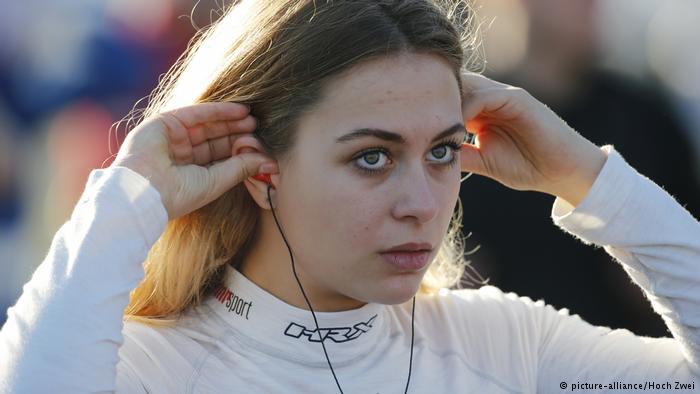Women in professional motorsports
Sophia Flörsch’s shocking crash in November captured headlines and highlighted the role of women in motorsport. DW takes a look at women who have made an impact.
–
The pioneer: De Filippis
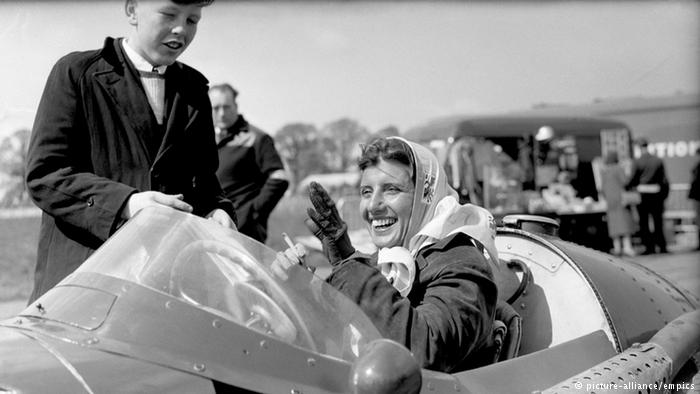
Maria Teresa de Filippis was the first woman to compete in Formula One and is known as a pioneer in the sport. The Italian competed in a few races during the 1958 season in a Maserati. Her idol Juan Manuel Fangio told her she drove “too fast, you take too many risks”. De Filippis retired after seeing too many friends die in the sport.
–
Another pioneer
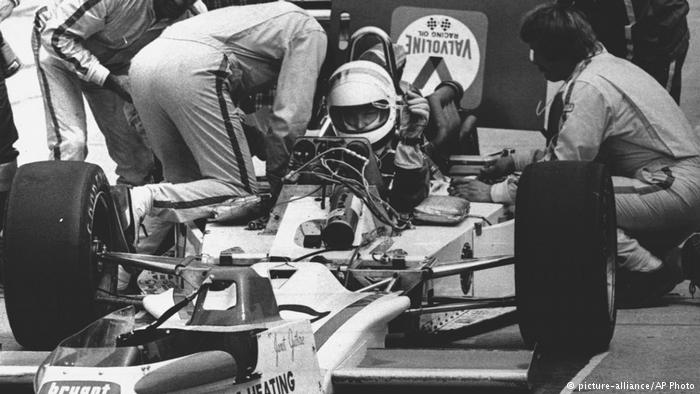
Janet Guthrie was the first woman to compete in both the Indianapolis 500 and the Daytona 500. She qualified for the Indy 500 three times, between 1977 and 1979, finishing ninth in the 1978 race. The American competed in a total of 33 NASCAR races over four season. Her best result was at Bristol in 1977, when she finished sixth.
–
American star
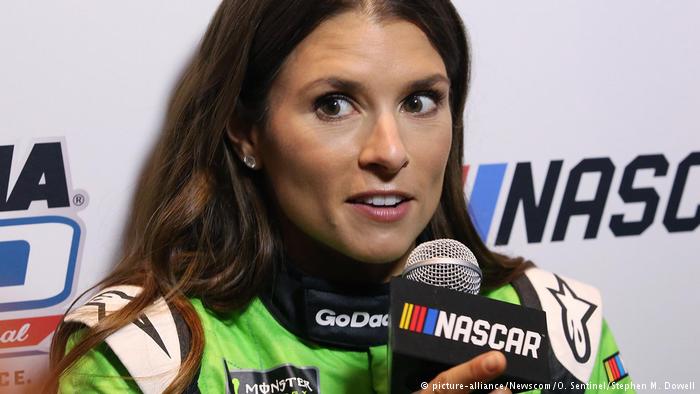
Danica Patrick, may not be as well known in Europe, but she is the most successful woman in the history of American open-wheel racing. Her win at the 2008 Indy Japan made her the only woman to win an IndyCar Series race – one of many firsts that she achieved for her gender in the sport. She retired after the 2018 Indy 500.
–
The boss: Monisha Kaltenborn
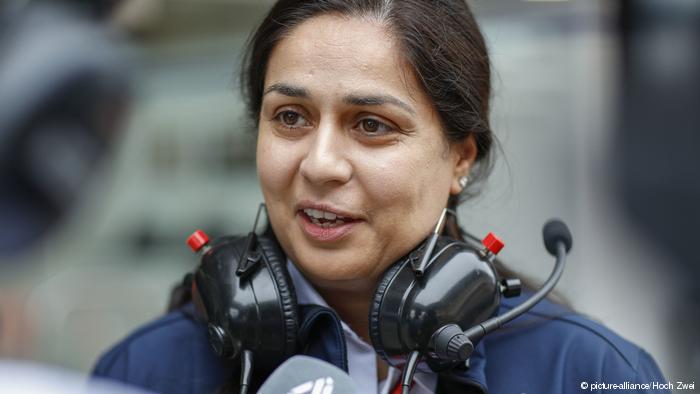
For years the Indian-born Austrian Monisha Kaltenborn was considered one of the most important women in motorsport. She was the first female team principal in Formula One, making the calls at Sauber until it was bought out by Longbow Finance.
–
The PR machine: Sabine Kehm
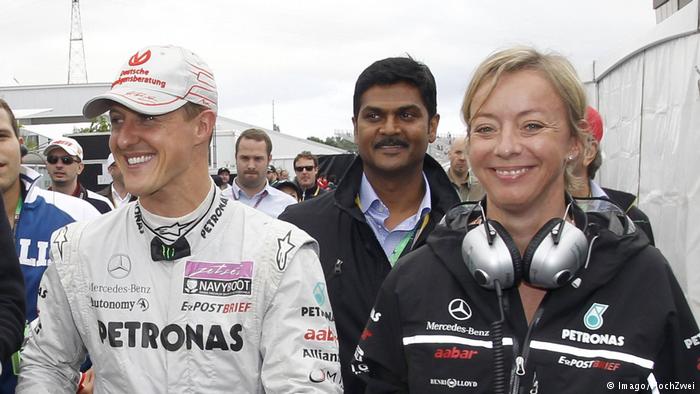
Any journalist who wanted access to Michael Schumacher prior to his accident had to go through Sabine Kehm first. The press officer also later became the seven-time world champion’s manager, delicately handling the Schumacher family’s affairs after his tragic ski accident. Kehm now manages Schumacher’s son Mick.
–
Rapid on two wheels: Katja Poensgen
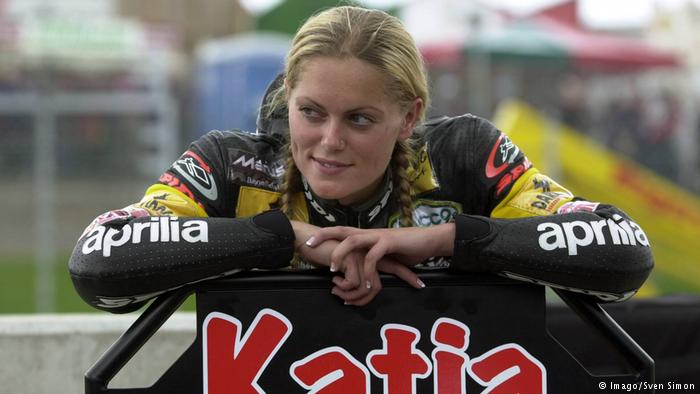
Poensgen was a trailblazer for those with a need for two-wheel speed. The German motorcyclist rose quickly through the junior ranks, winning titles along the way, before her peak years between 2001 and 2003 when she rode 24 times in the 250cc World Championship. She is now a commentator on German TV and still races in Rallycross.
–
Hockenheimring champion: Ellen Lohr
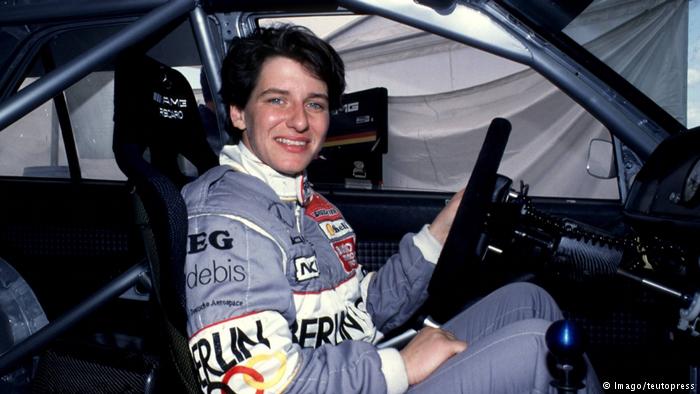
Widely considered one of Germany’s best ever female drivers, Ellen Lohr’s varied career reached its peak in 1992, when she won a DTM (German Touring Masters Event) at Hockenheimring, the long-time venue of the German Grand Prix. Lohr later took on several other challenges, including the Dakar Rally, before taking a position with Formula E.
–
The Rally specialist: Jutta Kleinschmidt
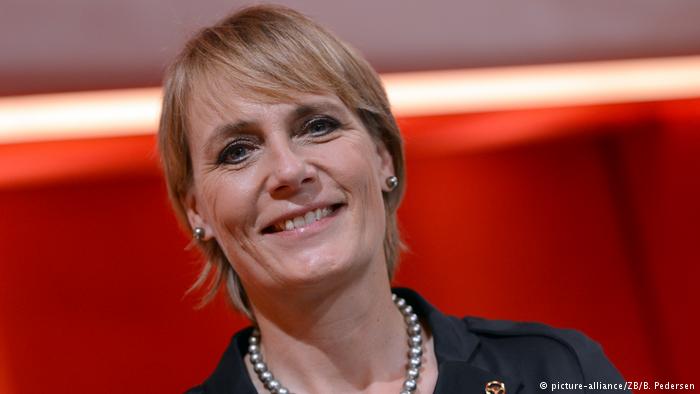
Speaking of the Dakar Rally, Jutta Kleinschmidt went a stage further, winning the arduous event in 2001. In doing so, she became the first woman to win the race and the only German to win the car section. She racked up three more podium finishes in the event after racing the first three years on a motorcycle.
–
Controversial comments: Carmen Jorda
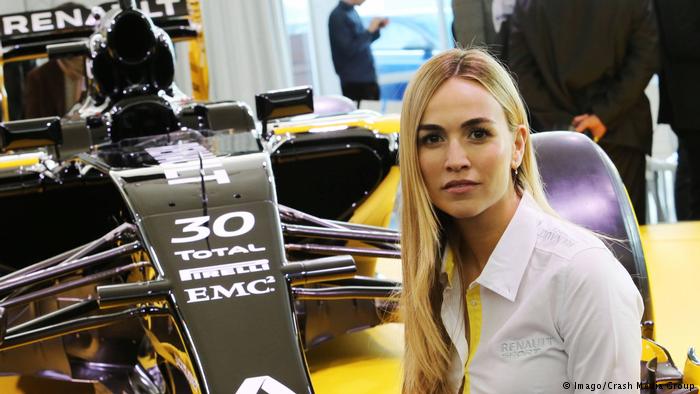
The Spanish driver is one of only 11 women to have ever been named as a development driver for a Formula 1 team – she performed that role for Lotus and Renault between 2015 and 2017. Jorda made headlines recently when, in her role as a member of the Women in Motorsport Commission, she suggested women were more suited to the less phyiscally exerting Formula E.
–
Motorsports’ power couple
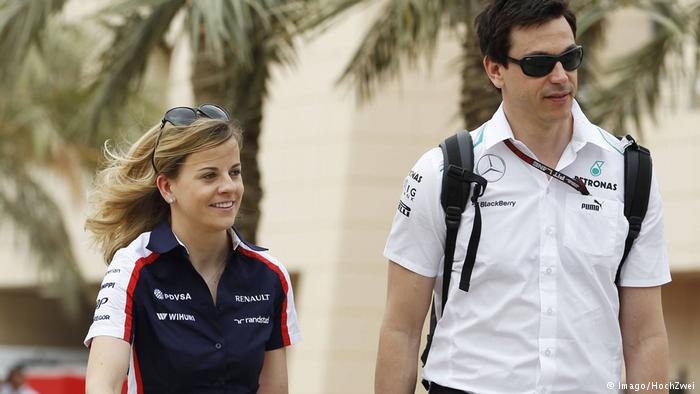
Susie Wolff progressed through the ranks in motorsport, racing for Renault in Formula 3 and working as a development driver for Williams. Her husband, Toto, is Mercedes’ executive director. Wolff founded “Dare To Be Different” to inspire women into motorsport. The foundation goes to schools in Britain and invites kids to take part in motorsport events.
–
Power and influence: Claire Williams
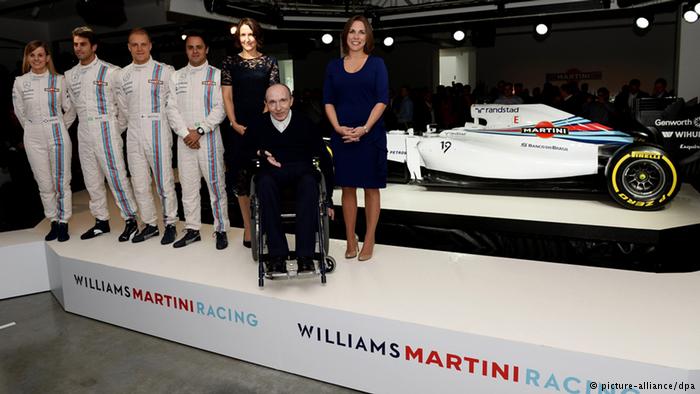
Though women in the modern era are yet to hit the F1 grid, they still have influence over the sport. Claire Williams (far right), the daughter of Williams’ founder and team principal Frank Williams, works as his deputy. The team also features Susie Wolff (far left) as a test driver.
–
Sophia Flörsch

It’s still unclear how or why Sophia Flörsch’s car became airborne in November, crashing into safety barriers at more than 250 kilometers per hour (155 miles per hour). She underwent 11 hours of surgery on a fractured cervical vertebra. A hospital statement said she was showing “stable vital signs and is able to move her four extremities freely without anyneurological deficit.”
Author: Marko Langer
–



